Touch fishing with the teleadjustable rod
Tackle fishing at sea is often considered a specialty for agonists, for lovers of a past that is probably about to disappear. Yet, given the great potential it offers in environments such as reefs or outer harbor walls, it should gain much more popularity. However, something prevents it, even though years have passed since its introduction into the panorama of sea fishing. So, for completeness in the different disciplines that we cover on the Pescalccacca blog, today we talk about it with a spirit of sharing: we are sure that it will generate interest and, who knows, convince you to try it, sooner or later.
Remotely adjustable rod for touch fishing
How many of us, thirty or forty years ago, started sea fishing with a simple hook of line, a lead and a box of Korean worms? Many, we bet. It was the 80s/90s and people also fished without a rod, with the "touch" technique. The short length Bolognese rods, such as the 4 or 5 metres, have forcefully entered the daily life of many fishermen thanks to the continuous development of light and reliable materials. Consequently, taking advantage of the rigidity inherent in the chuck, they began to be used for less refined fishing, without the use of the float, which imitated bottom fishing. However, again due to technological development and economies of scale, tools such as remote-adjustable, rigid-action trout rods have appeared in sea fishing shops, marking the beginning of touch fishing among competitive fishermen. Anglers immediately appreciated the possibility of fishing perpendicular to the surface of the water, lengthening and shortening the rod, to different lengths, thanks to Teflon blocks inserted in the butt. Some fishermen, outside the competition circuit, have learned to fish with telescopic rods and have adopted it on common fishing trips. Others, however, have always looked at remote controls with curiosity but have not yet bought one. They should do so, because they are very useful and particularly versatile rods.
From the hole to the lancet
When fishing from the reef, the fish can be found in the ravines or at a distance from the shore. A teleadjustable rod can perform well for both needs. Touch fishing in holes is carried out by probing the seabed with jerking movements, letting the prey come out of the holes to browse. Usually these are gobies, damsels, thrushes, sea breams, sea breams and blennies. Especially if attracted by a baiting based on flour and sardine oil, these preys become voracious and very quick to eat. Distance touch fishing from the shore, called "lancetto" in competitive jargon, is a technique that involves casting and the subsequent waiting phase with the tip of the rod usually angled at more or less 45°. The movements are slow, almost absent and are characterized by throwing, striking and retrieving prey. They can bite mullets, larger breams, mullets, damsels, sea breams and sometimes even boghe or garfish which they eat as the bait descends. Purists have the habit of feeling the fish bite by holding the line taut between their fingers, releasing the "drool" a moment before the strike. A bit of a retro method, right?
Universal touch fishing rig
When sea fishing by touch, you need to fit a stronger line in the reel than that provided for the Bolognese. The teleadjustables are rigid tools, therefore powerful, and require a 3000/4000 size reel. A 0.25 light blue or dichroic color will be more than enough. We will then connect a beam made up of a 1 meter piece of 0.22, two or three 0.18 rods (15 cm each) armed with long shank 10 hooks, and a 20/30 gram plasticized lead maximum. As an alternative to plasticized lead, it may be preferable to use "ballerina", i.e. anti-snag rubber lead. We will bait pieces of Korean worm, scampi, pieces of shrimp, garlic or shrimp batter.
Baiting and further precautions
If necessary, also bait by throwing the balls of bait always in the same point, to avoid dispersing the small fish in a larger area. Also remember that touch fishing is a fast technique but can present moments of waiting. In these situations it may happen that you feel sudden bites: avoid striking violently and remember that the mouthparts of the prey are often small in size, even quite fragile! And finally, if possible, learn to release the "little fish" by practicing healthy catch andamp; release. The size of the prey will often be close to the minimum size to be retained. In all honesty, we believe that releasing each fish is a sporting and conscious gesture for the fisherman. The sea will thank you and you will be more inclined to continue with this discipline, with humble prey but great technical value.
Good fun!

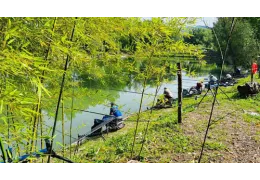
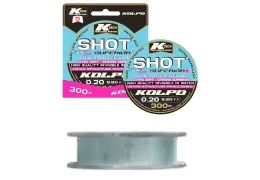
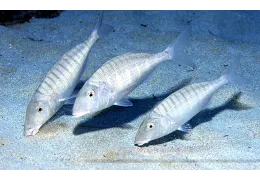
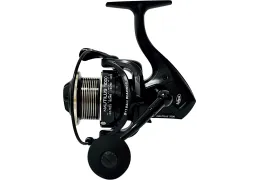
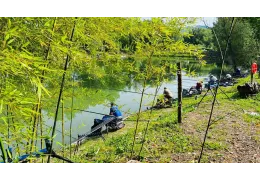
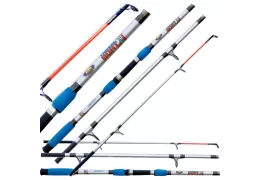
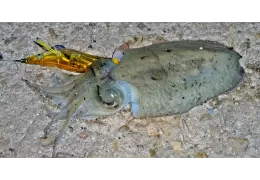
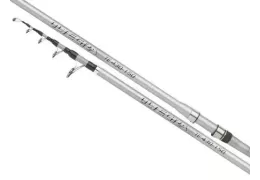
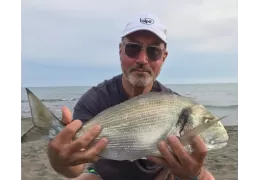


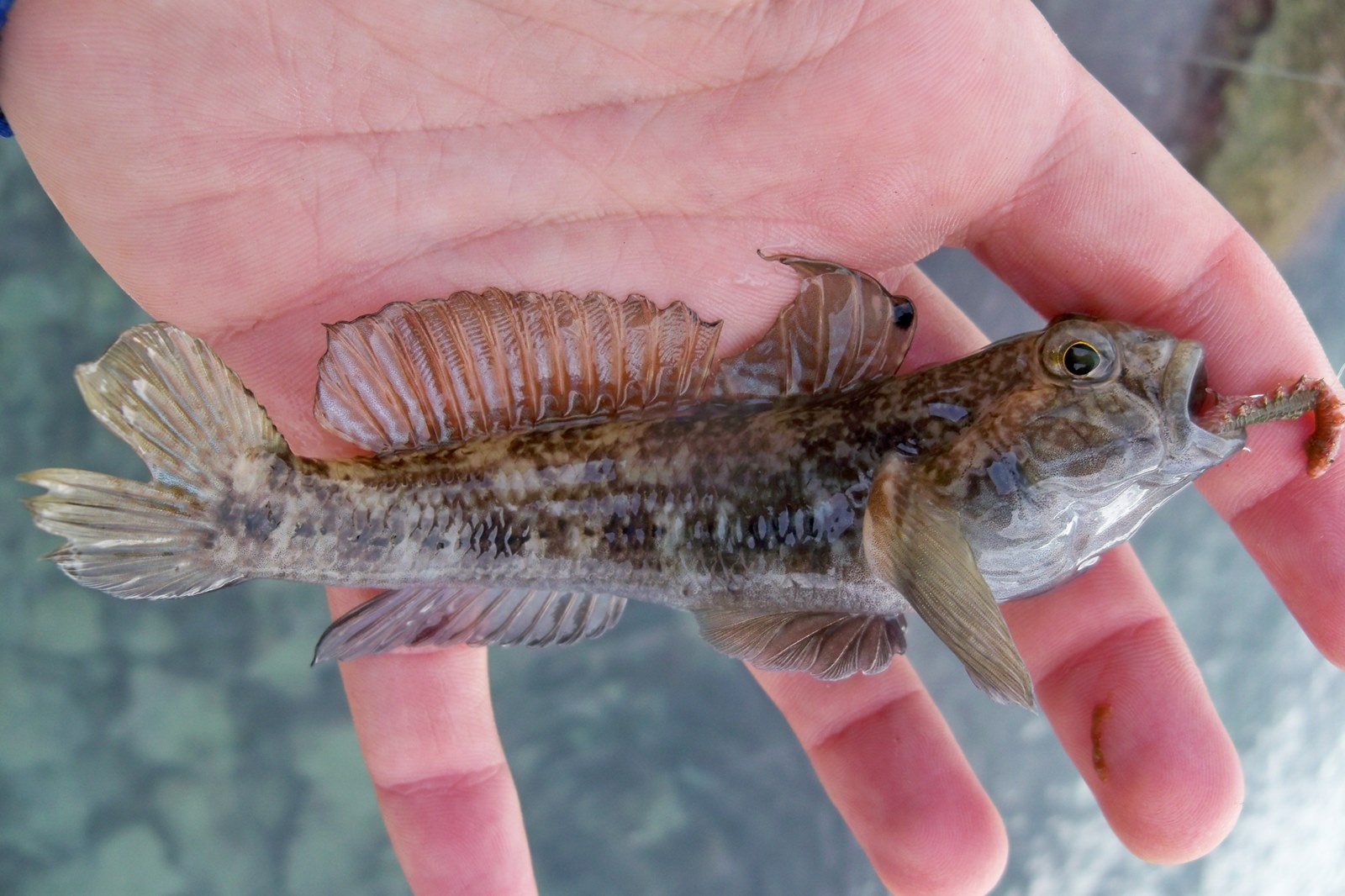
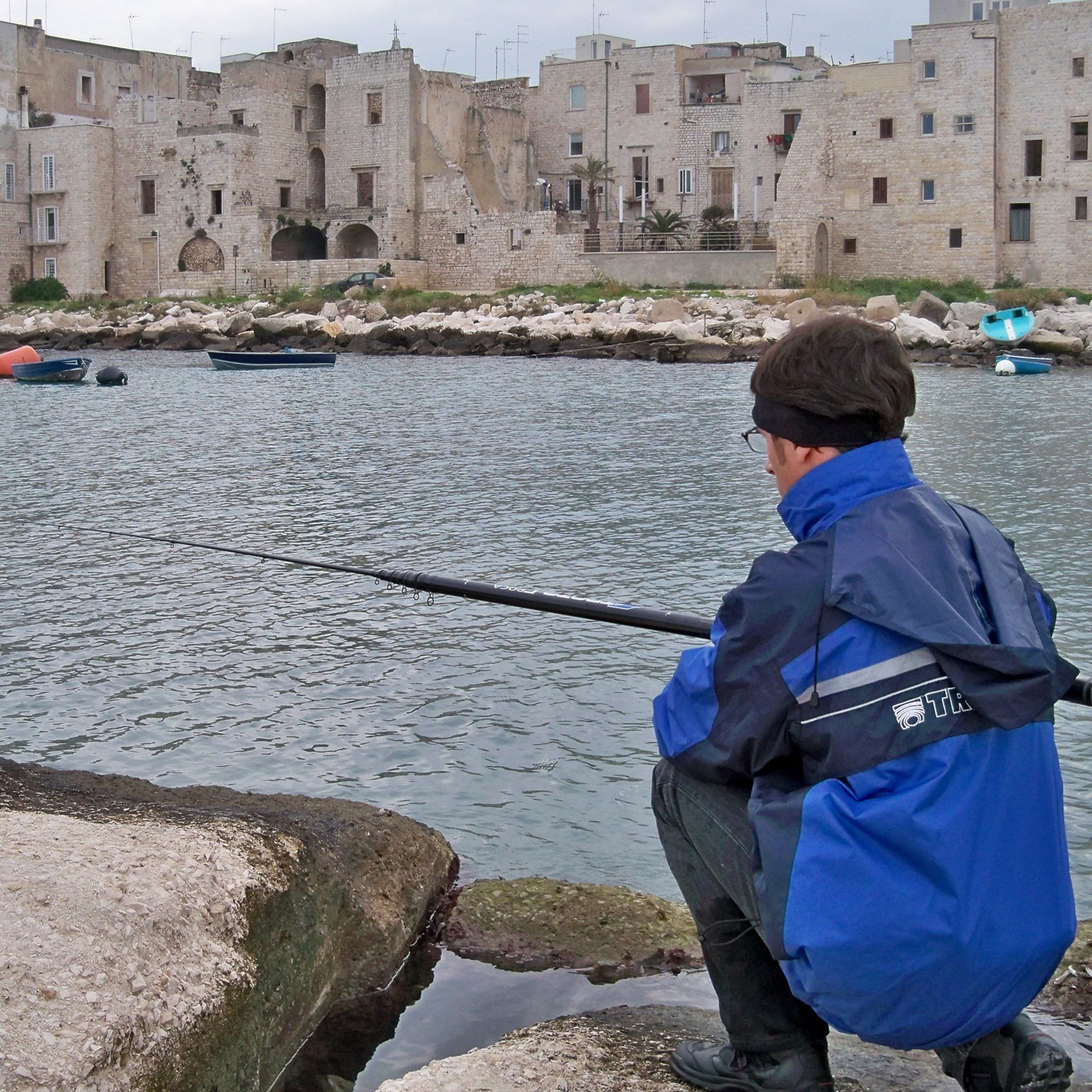
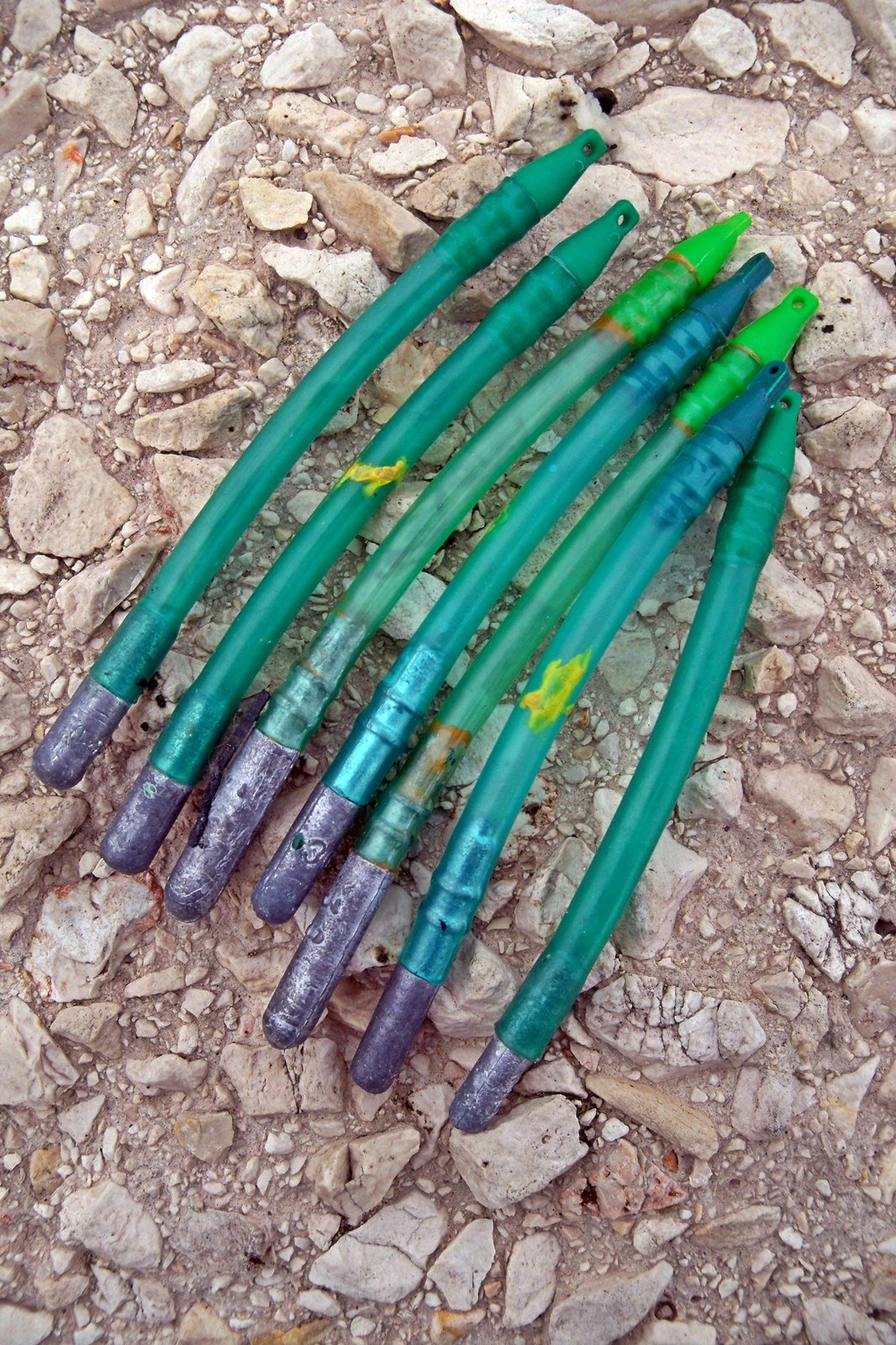
Leave a comment
Log in to post comments